A High-Quality Medium for Artistic Sculpting and Modeling
One of the standout features of Nara Sculpture Clay is its versatility. It is well-suited for a wide range of sculpting techniques, from hand-building to wheel-throwing, and can be used to create both small-scale models and large sculptures. Its pliability allows for easy manipulation, while its strength ensures durability once the artwork is complete. This balance of flexibility and robustness is what sets Nara Sculpture Clay apart from other sculpting mediums.
Artists favor Nara Sculpture Clay for its ability to retain fine details, making it ideal for creating lifelike figures, intricate patterns, and delicate textures. The clay’s natural composition also means it responds well to various finishing techniques, whether artists choose to glaze, paint, or leave their sculptures in their raw, natural state. Additionally, Nara Sculpture Clay’s compatibility with different firing temperatures provides artists with greater freedom in their creative processes.
In conclusion, the esteemed reputation of Nara Sculpture Clay as a high-quality, natural medium is well-deserved. Its origins, coupled with its exceptional properties, have made it a staple in the artistic community. As we delve deeper into this blog post, we will explore the myriad ways in which Nara Sculpture Clay can be utilized, offering insights into its practical applications and inspiring artists to harness its full potential.
Composition and Characteristics
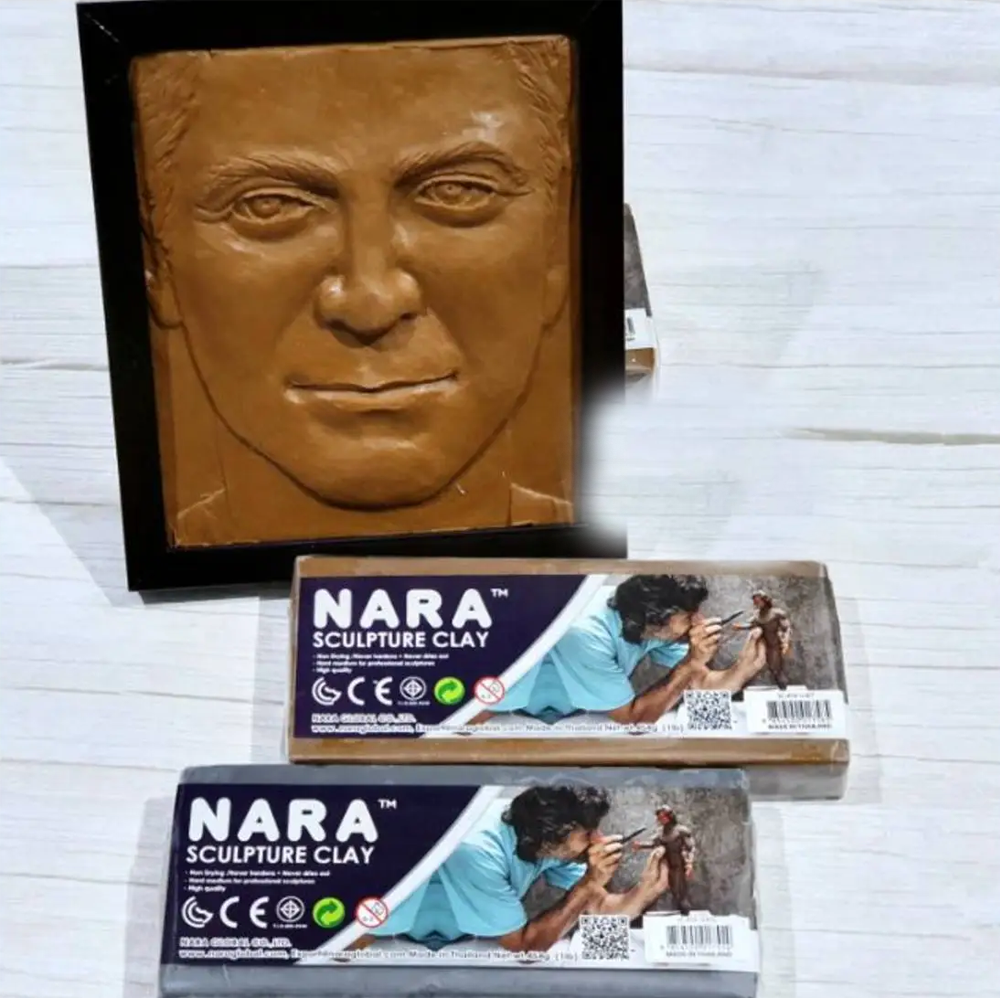
In terms of color, Nara Sculpture Clay typically presents a neutral, earthy tone, which can be advantageous for sculptors seeking a versatile base that can be painted or finished with various surface treatments. This neutral coloration also highlights the clay’s natural origins and purity, setting it apart from synthetic clays that may contain artificial dyes or fillers.
When compared to other types of clay, such as oil-based polymer clays or air-dry clays, Nara Sculpture Clay offers several unique benefits. Unlike polymer clays, which require baking to harden, Nara Sculpture Clay air dries naturally, eliminating the need for additional equipment. It also boasts superior adherence properties, enabling it to bond well with other materials and maintain structural integrity during the sculpting process.
Overall, the composition and characteristics of Nara Sculpture Clay make it an exceptional choice for artists seeking a reliable, high-quality sculpting medium that combines natural ingredients with superior workability and versatility.
Benefits of Using Nara Sculpture Clay
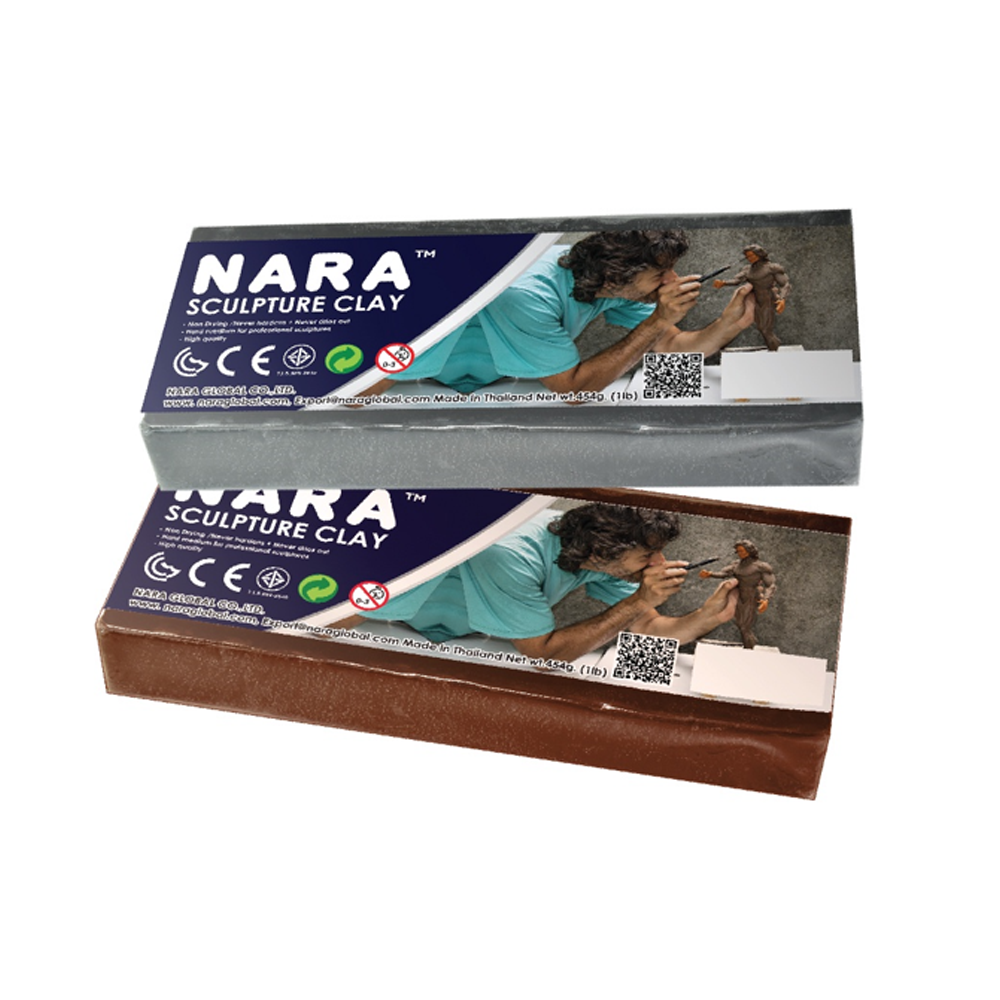
The high level of detail that can be achieved with Nara Sculpture Clay is another compelling reason for its popularity among artists. The clay’s fine-grain structure allows for intricate designs and minute details, enabling artists to bring their most delicate and complex visions to life. Whether creating lifelike sculptures or abstract models, the precision afforded by this clay is unparalleled.
Nara Sculpture Clay is also prized for its non-toxic nature. Made from safe, natural ingredients, it poses no health risks to artists, making it an excellent choice for both adults and children. This non-toxic quality ensures that artists can enjoy their creative process without worrying about harmful chemicals or adverse health effects.
Additionally, Nara Sculpture Clay is an environmentally friendly option. Its sustainable production process and biodegradable properties make it a responsible choice for artists who are conscious of their environmental impact. By choosing Nara Sculpture Clay, artists can contribute to a more sustainable future while still achieving high-quality results in their work.
In summary, Nara Sculpture Clay offers a combination of durability, ease of use, detailed precision, non-toxicity, and environmental friendliness, making it a superior choice for artists seeking a high-quality sculpting medium.
Techniques for Sculpting with Nara Clay
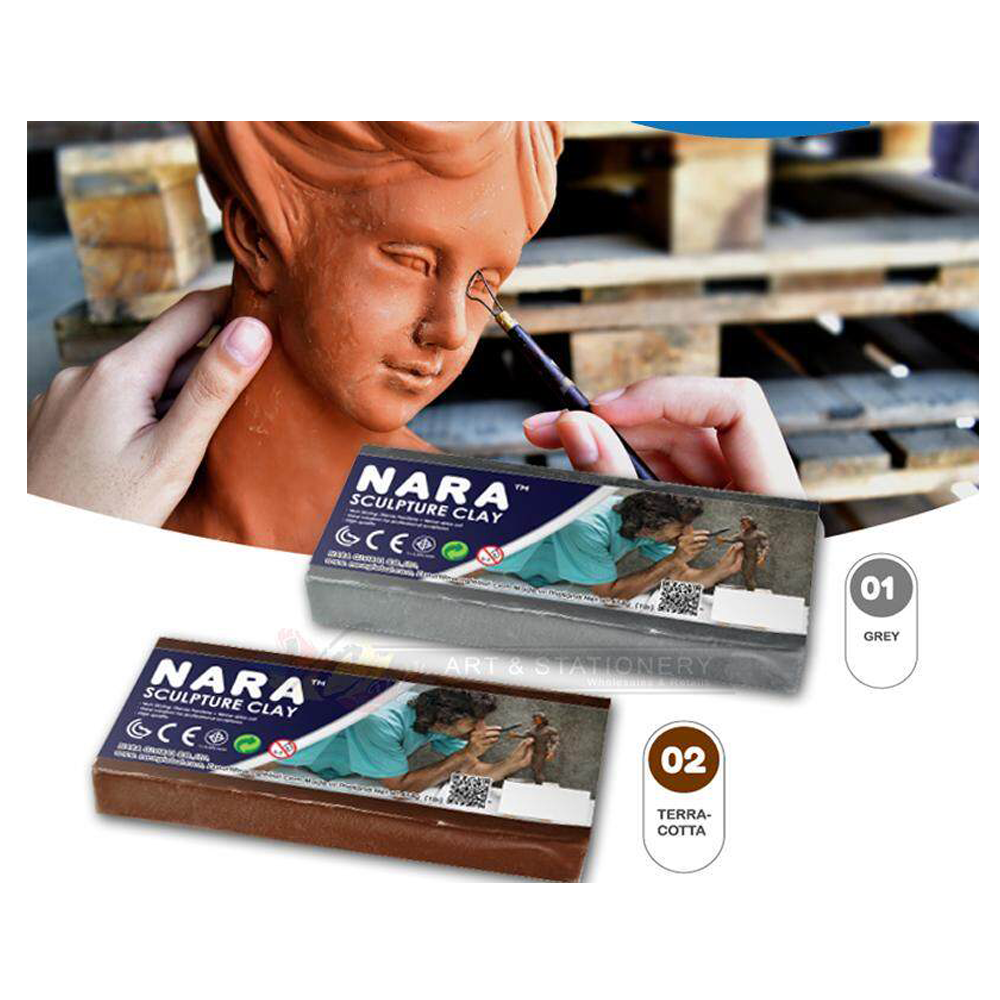
Coil building is another effective method, especially for creating hollow structures like vases and pots. Roll the Nara Clay into long, even coils and stack them in layers to build up the walls of your piece. Smooth the coils together using your fingers or a rib tool to ensure structural integrity. This technique allows for intricate designs and is excellent for both functional and decorative items.
Slab work involves rolling out the Nara Clay into flat sheets, which can then be cut and assembled into various shapes. This method is particularly useful for creating geometric forms and architectural models. Use a rolling pin or slab roller to achieve even thickness, and join the slabs with slip (a mixture of clay and water) to ensure strong bonds. Texturing tools can add surface details to enhance the visual appeal of your work.
For those with access to a pottery wheel, wheel throwing is an advanced technique that offers precise control over the shape and symmetry of your sculptures. Center a prepared ball of Nara Clay on the wheel and use steady pressure with your hands to form the piece. Consistent speed and moisture levels are crucial to prevent the clay from collapsing or cracking.
To achieve the best results with Nara Sculpture Clay, keep it moist during your work to prevent it from drying out and becoming brittle. Additionally, always cover your unfinished pieces with plastic wrap to maintain their moisture level. By mastering these techniques and following these tips, you can create high-quality, enduring works of art with Nara Sculpture Clay.
Artists’ Testimonials and Success Stories
In a different creative domain, Sarah Lee, a model maker specializing in miniature art, emphasized the clay’s adaptability. “Nara Sculpture Clay has been a game-changer for my miniature models. Its ability to maintain structural integrity even in the tiniest details has significantly improved the quality of my work. I’ve been able to experiment with more intricate designs and achieve more lifelike results,” Lee highlighted.
These testimonials underscore the diverse applications and exceptional performance of Nara Sculpture Clay. From large public installations to minute miniature models, the clay’s versatility and high-quality attributes have enabled artists to push the boundaries of their creativity. These real-world examples not only attest to the clay’s superiority but also inspire other artists to explore its potential in their own projects.
Comparing Nara Sculpture Clay with Other Clays
In a different creative domain, Sarah Lee, a model maker specializing in miniature art, emphasized the clay’s adaptability. “Nara Sculpture Clay has been a game-changer for my miniature models. Its ability to maintain structural integrity even in the tiniest details has significantly improved the quality of my work. I’ve been able to experiment with more intricate designs and achieve more lifelike results,” Lee highlighted.
These testimonials underscore the diverse applications and exceptional performance of Nara Sculpture Clay. From large public installations to minute miniature models, the clay’s versatility and high-quality attributes have enabled artists to push the boundaries of their creativity. These real-world examples not only attest to the clay’s superiority but also inspire other artists to explore its potential in their own projects.
Maintenance and Storage Tips
Preventing the clay from drying out is crucial, but if it does become too hard, there are methods to revive it. One effective technique is to sprinkle a small amount of water onto the clay and knead it thoroughly until it regains its softness. Alternatively, you can wrap the hard clay in a damp cloth and leave it overnight to allow the moisture to penetrate and soften the material.
The ideal storage conditions for Nara Sculpture Clay also include maintaining a stable temperature. Extreme temperatures can negatively impact the clay’s consistency and durability. It is recommended to store the clay in a cool, dry place, away from direct sunlight and heat sources. A consistent room temperature is preferable to avoid fluctuations that could affect the clay’s quality.
By following these maintenance and storage tips, artists can ensure that their Nara Sculpture Clay remains in prime condition for sculpting and modeling. Proper care not only extends the clay’s lifespan but also enhances the overall experience of using this high-quality medium.
Conclusion and Final Thoughts
The ease of use of Nara Sculpture Clay cannot be overstated. Its smooth texture and consistent quality simplify the sculpting process, reducing frustration and allowing artists to focus on their creative vision. Whether you are an amateur sculptor just starting your artistic journey or a professional looking for a reliable medium, Nara Sculpture Clay offers the perfect balance of flexibility and stability.
Furthermore, the clay’s compatibility with various finishes and paints provides endless possibilities for customization and enhancement. This feature allows artists to bring their sculptures to life with vibrant colors and intricate details, elevating their work to new heights.
In conclusion, Nara Sculpture Clay is a high-quality medium that offers numerous benefits for artistic sculpting and modeling. Its unique properties, including malleability, durability, safety, and ease of use, make it an excellent choice for artists at any level. We encourage you to explore the potential of Nara Sculpture Clay in your next artistic project. Unlock your creativity and experience the difference this exceptional clay can make in bringing your artistic visions to life.


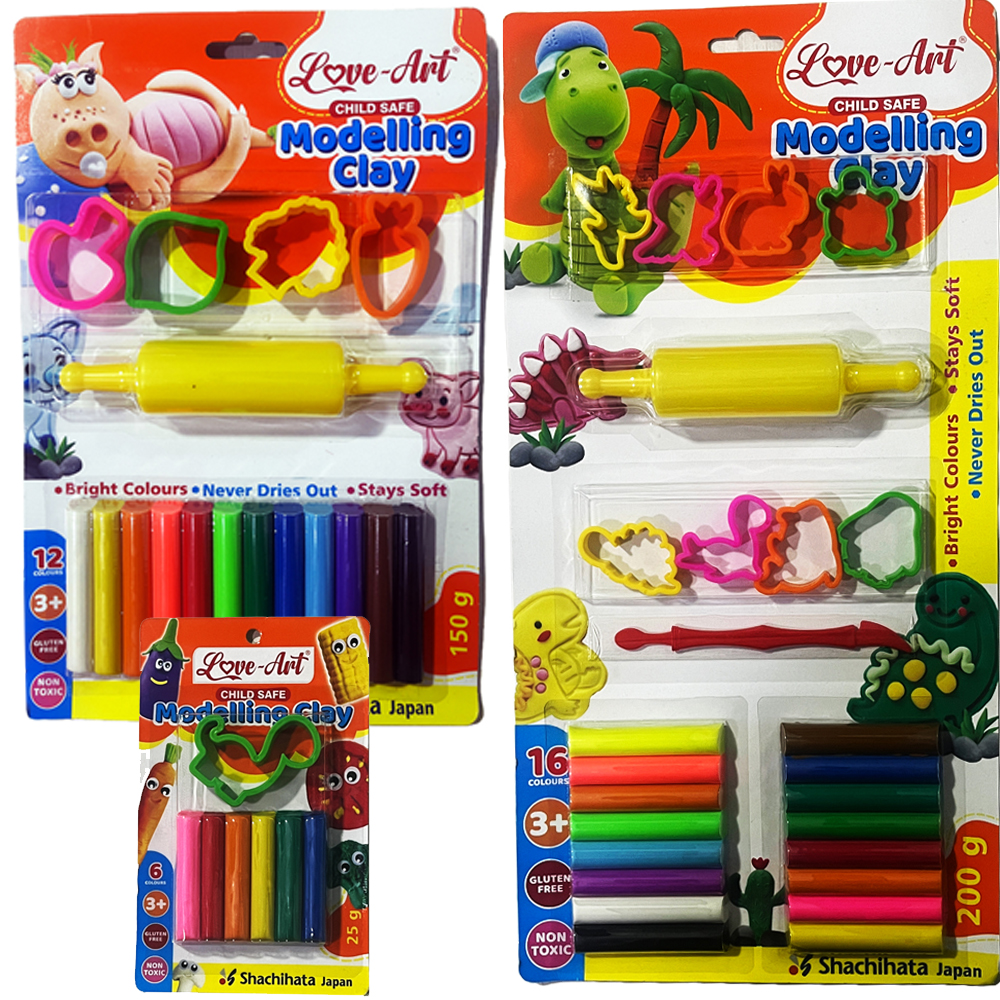




























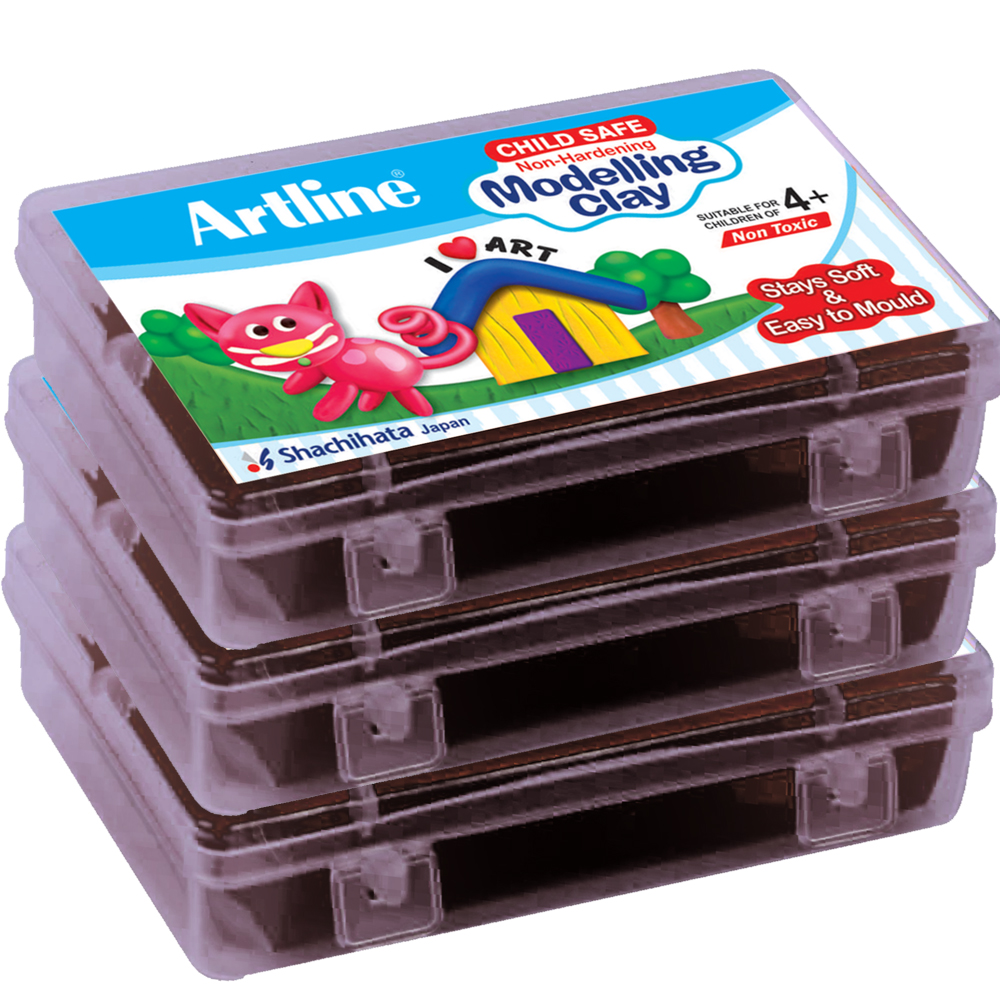
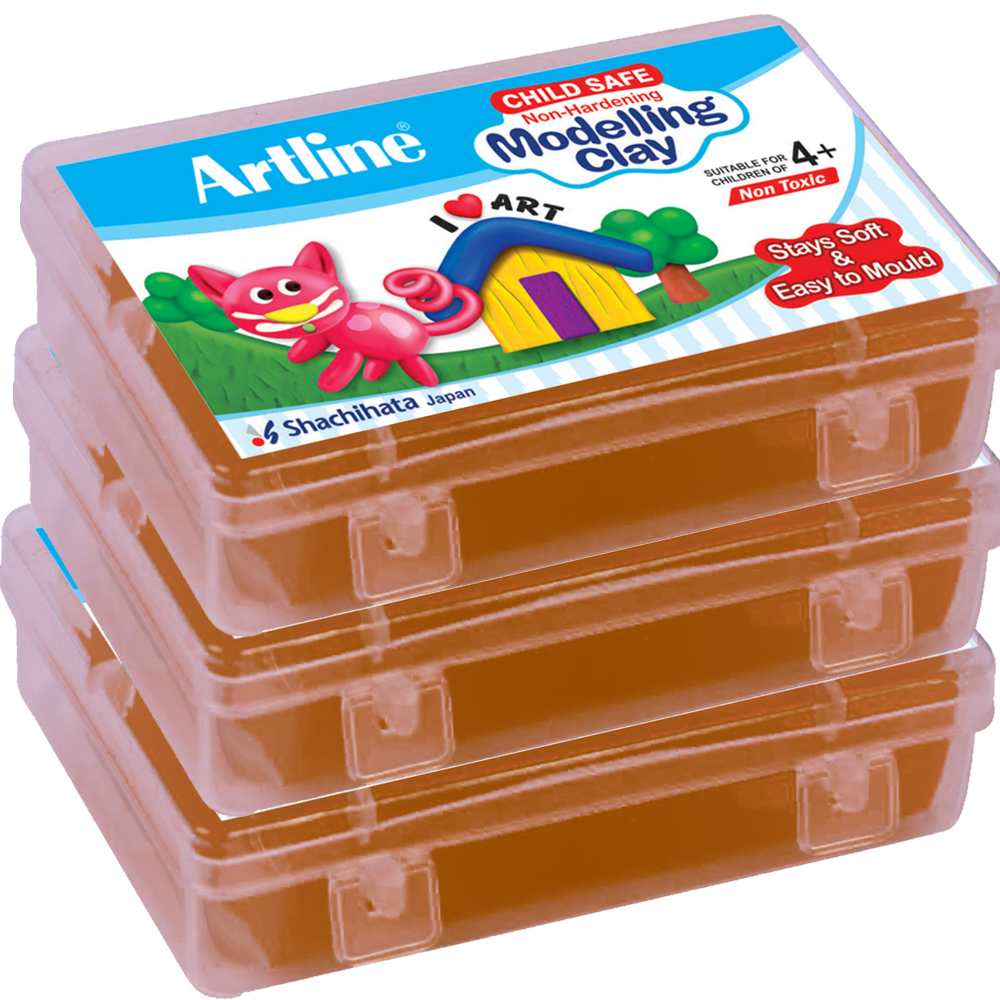

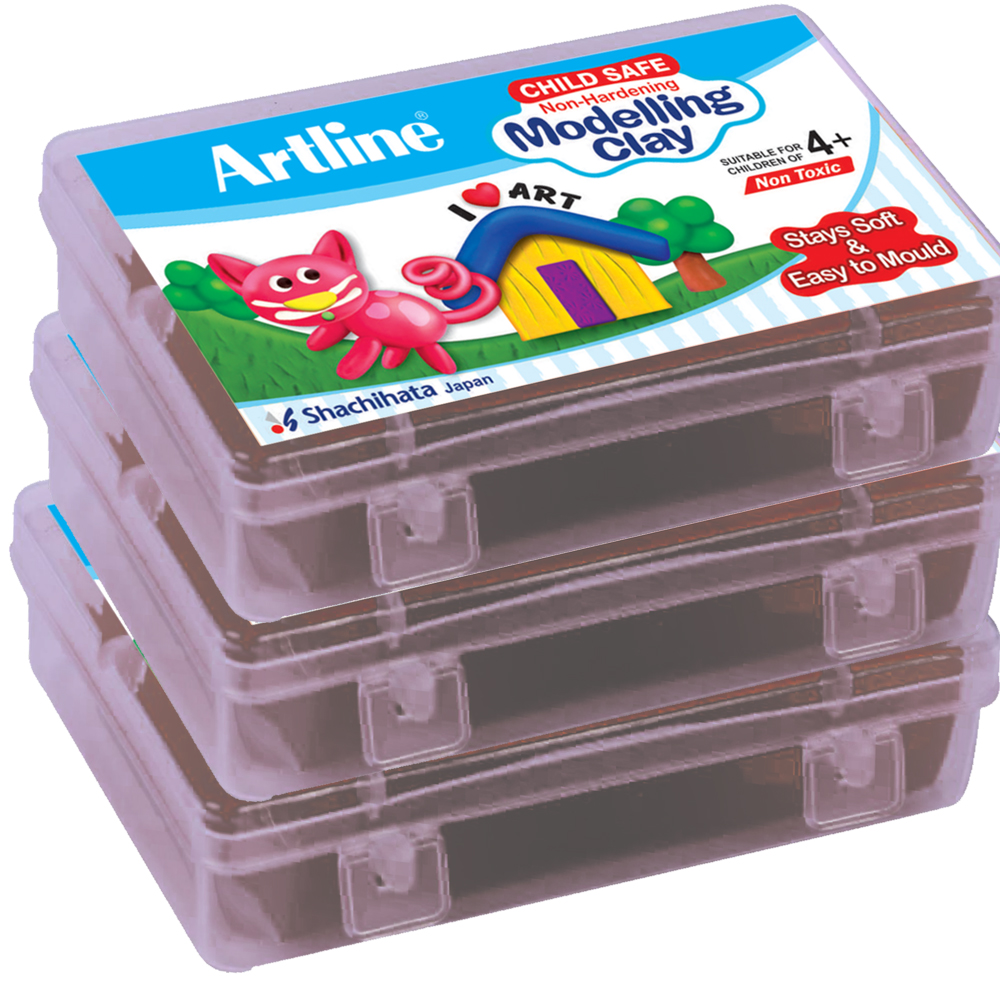
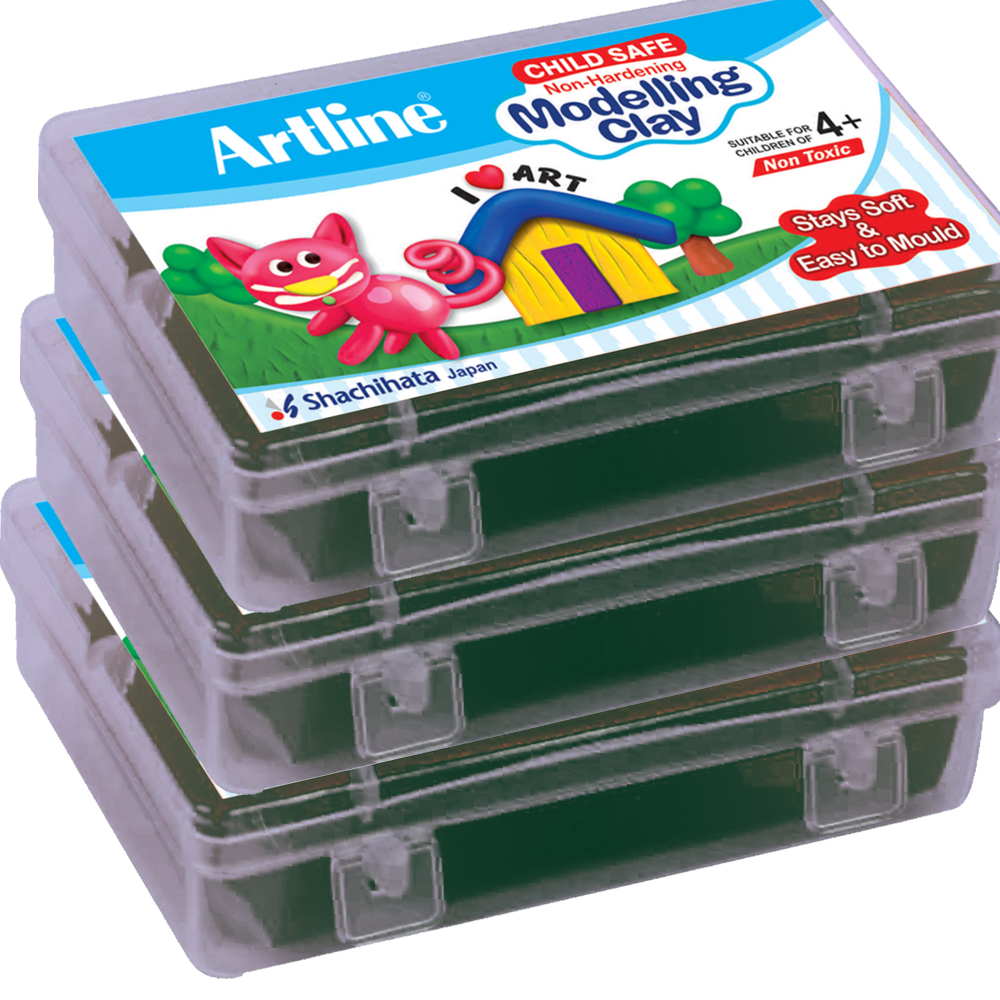

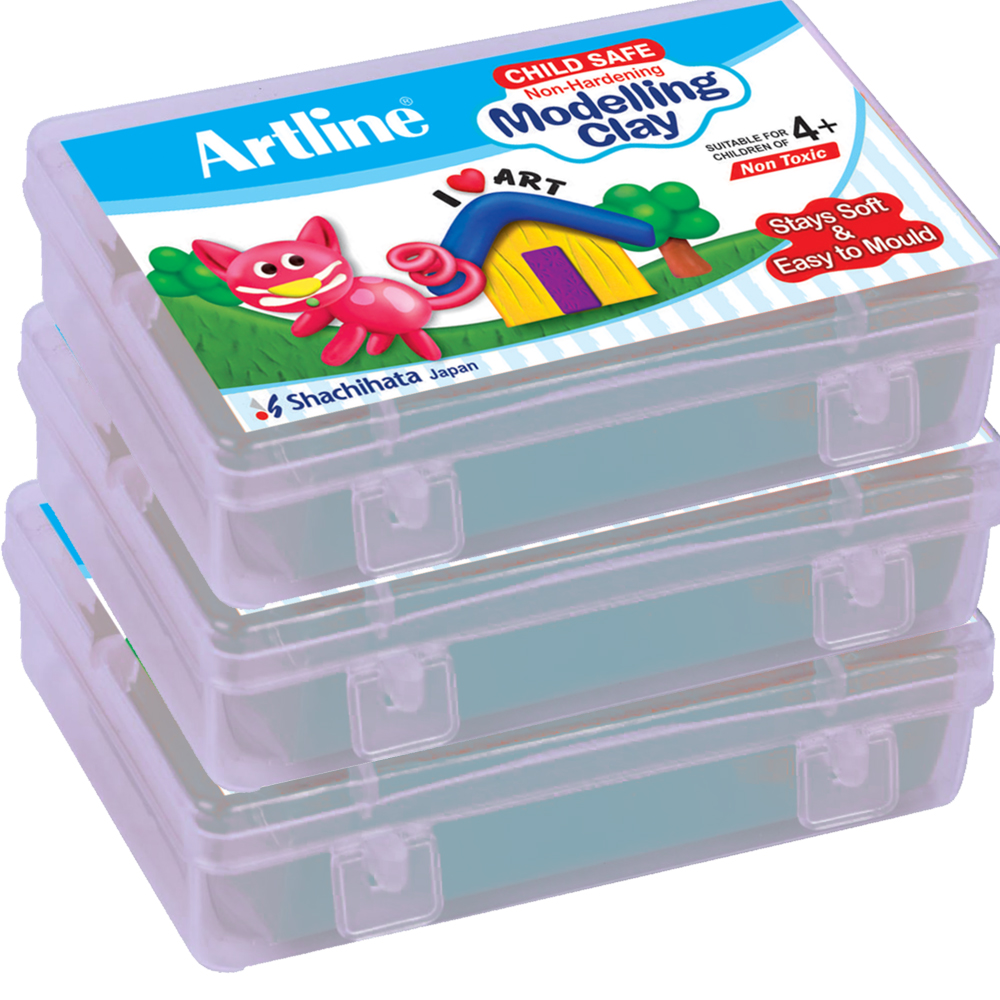
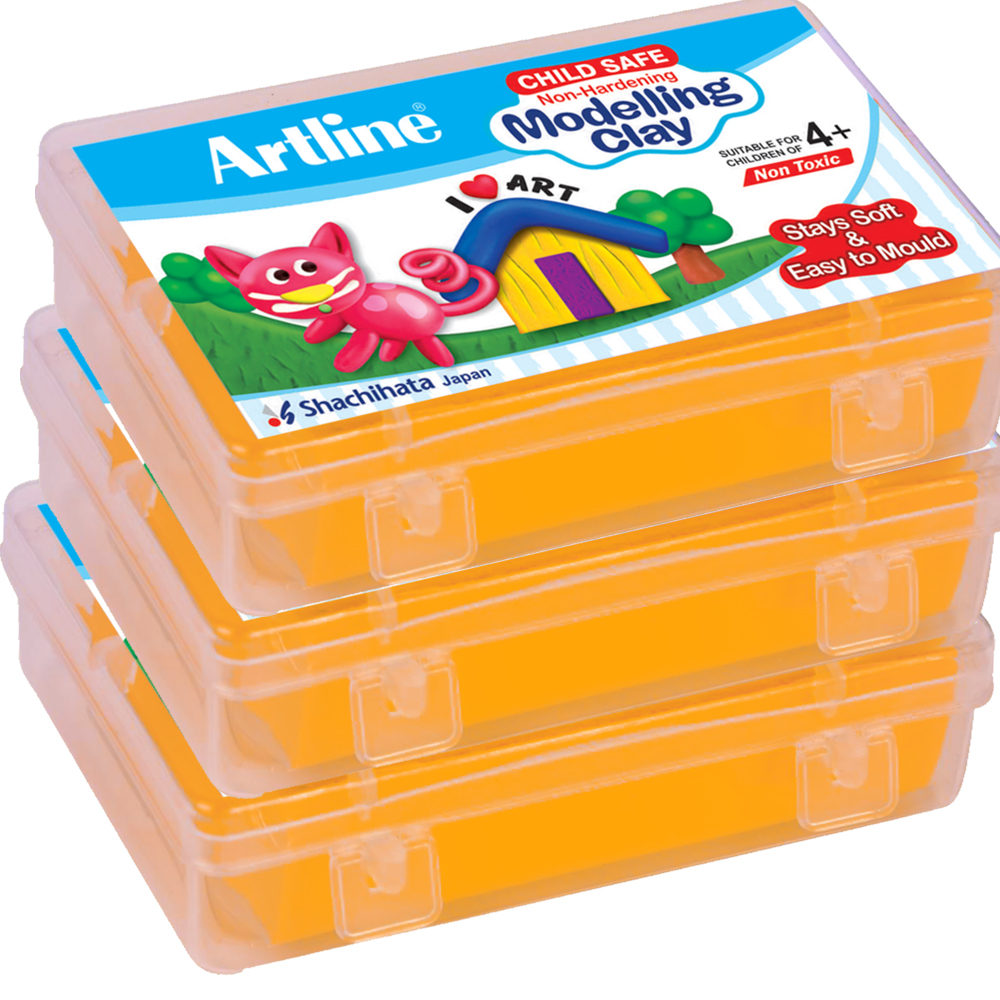
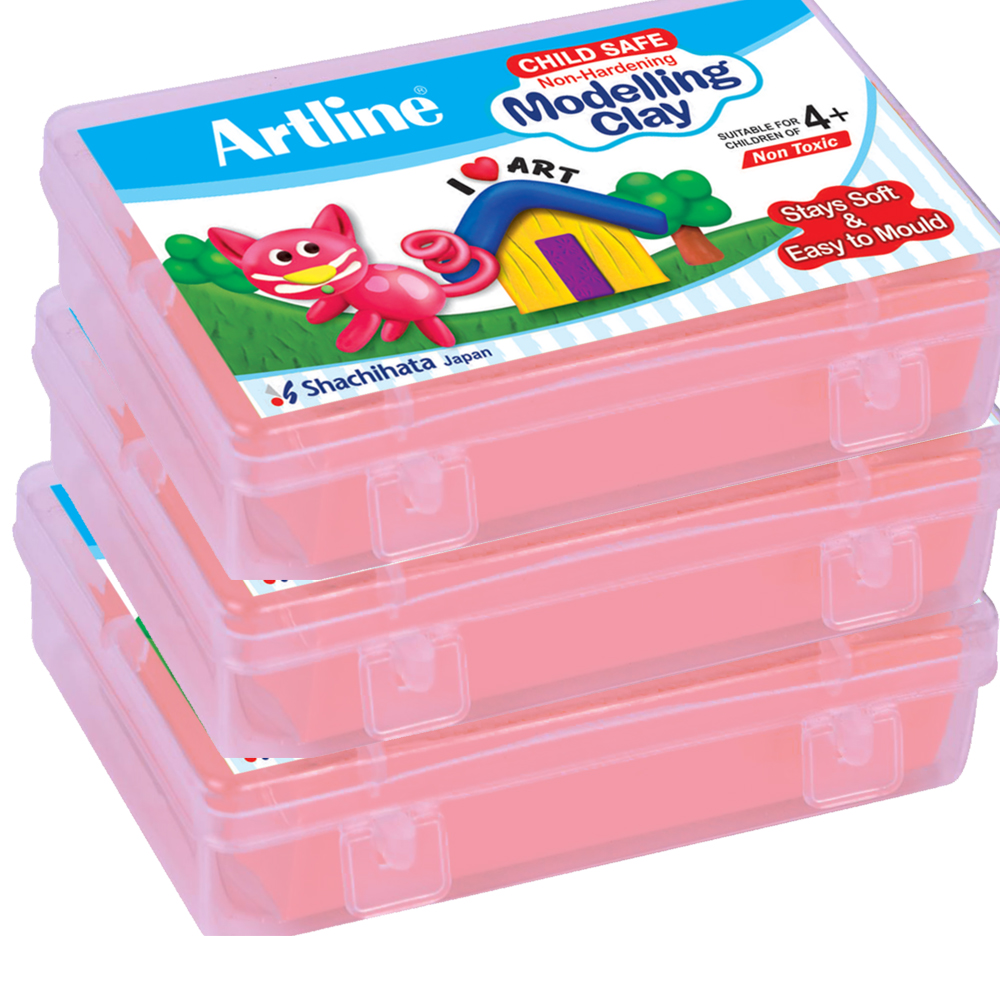
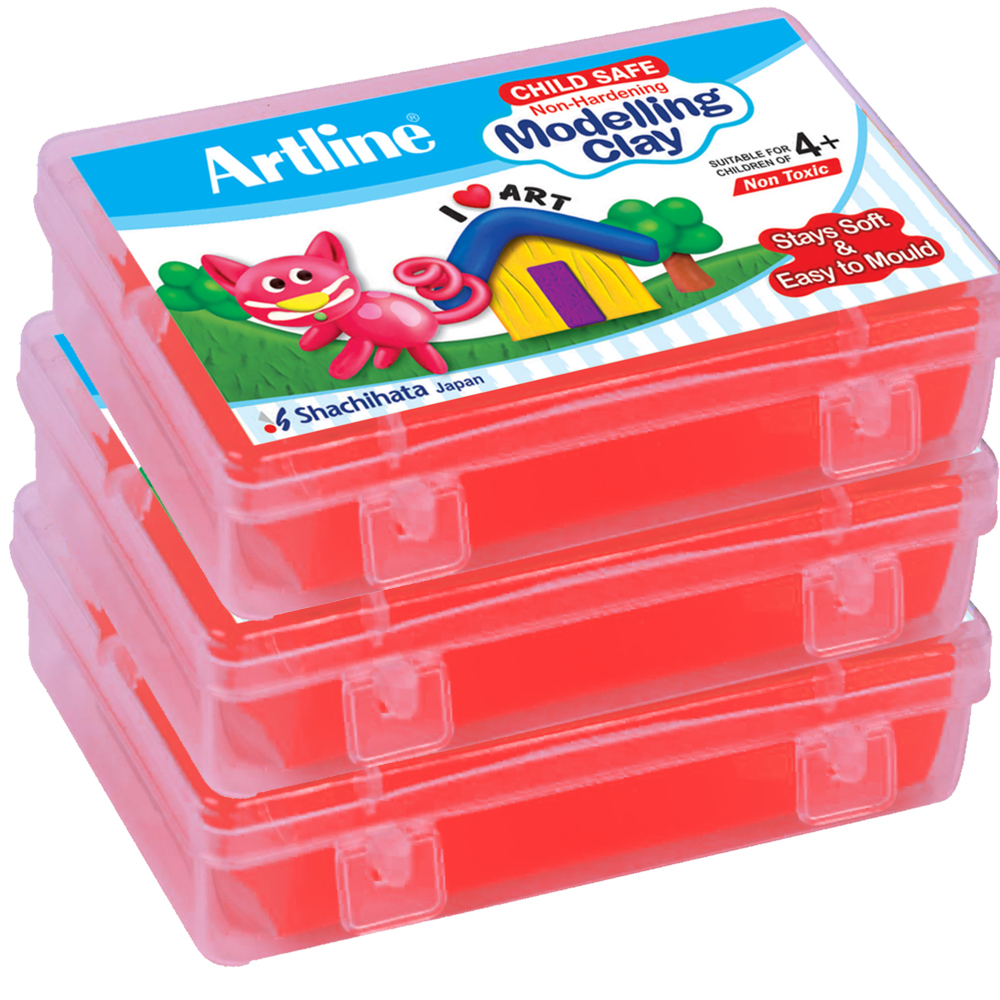
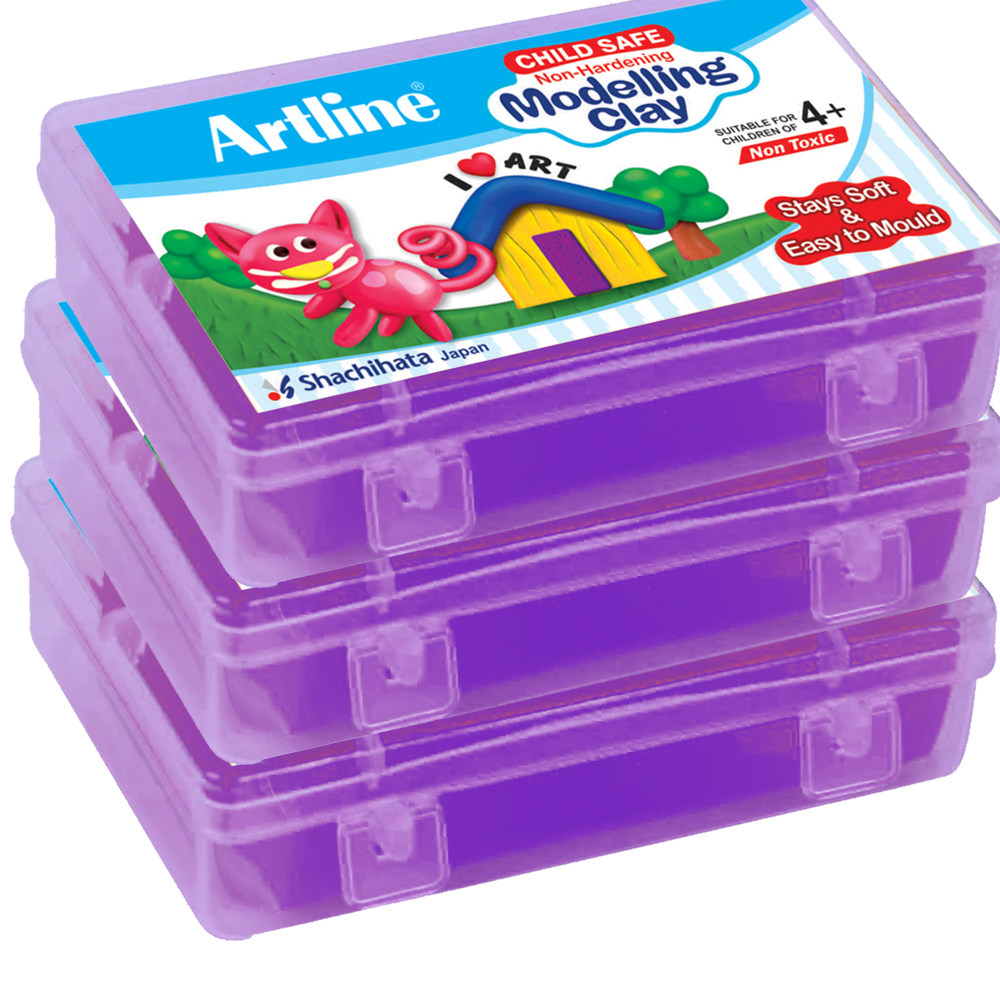
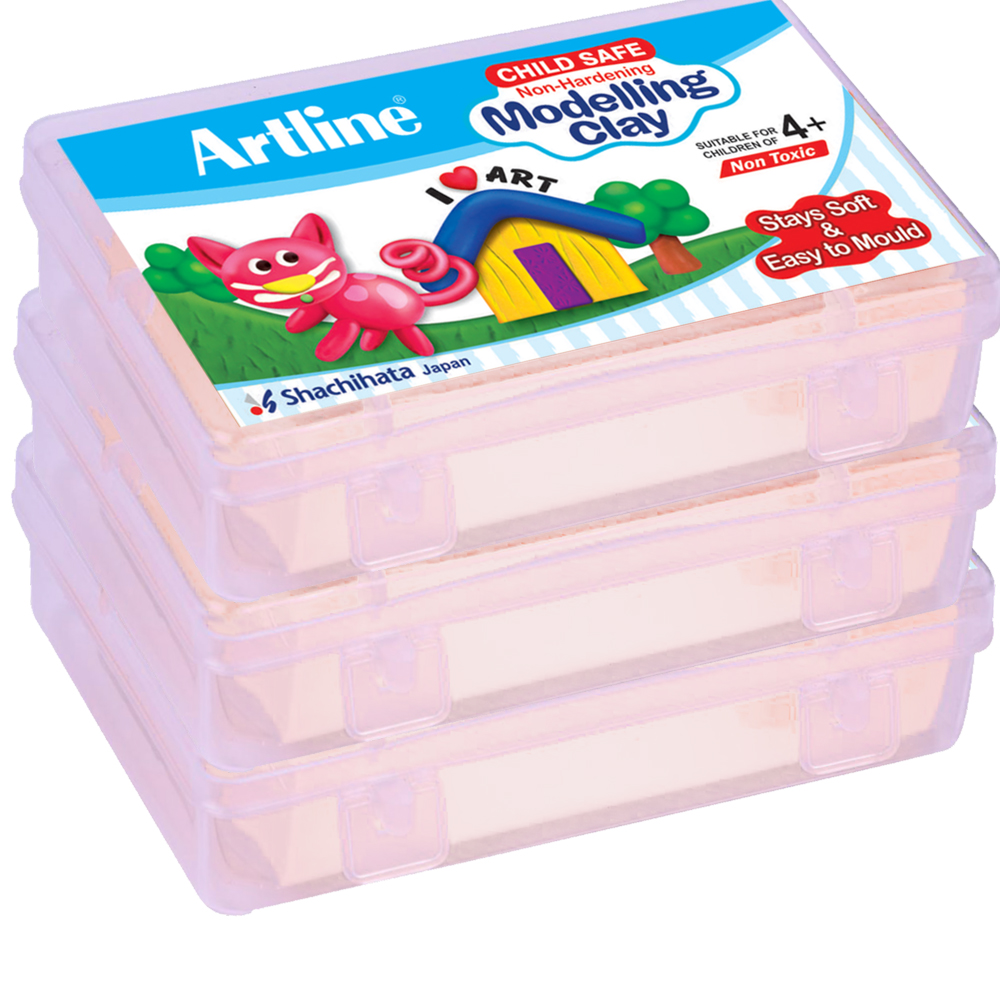

Privacy | Disclaimer | Sitemap
Disclaimer
Sitemap
©2023 Artline India. All rights reserved.